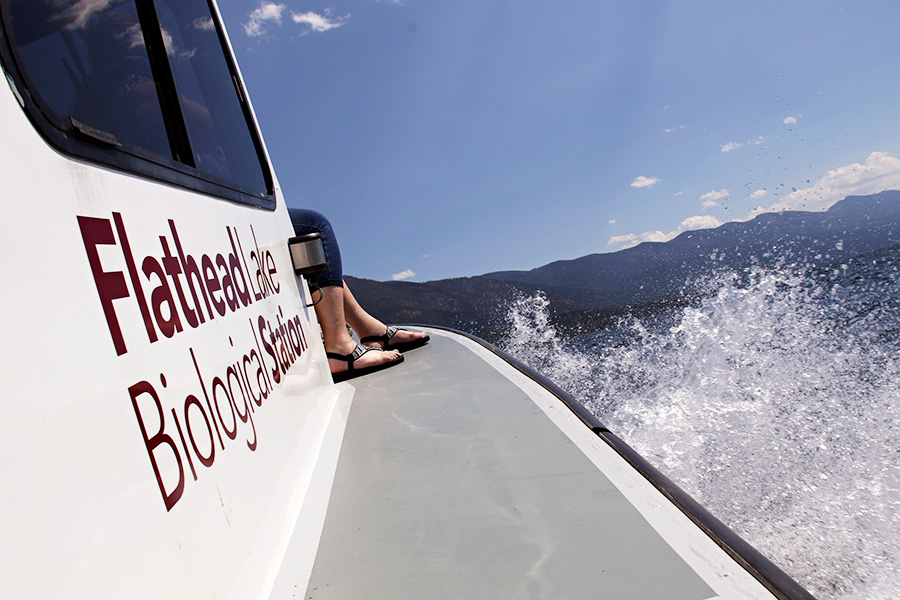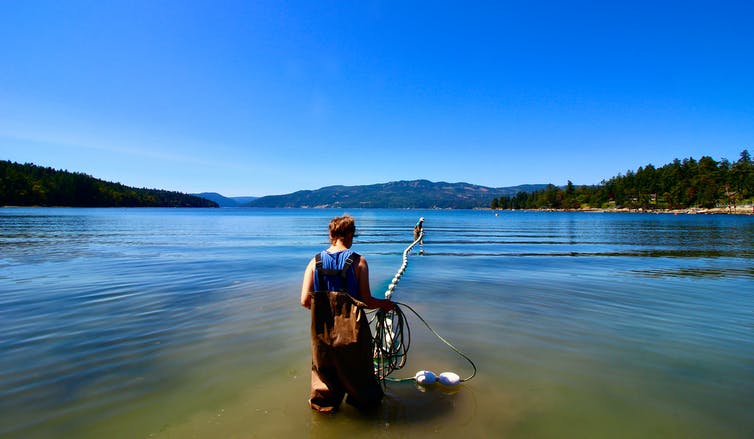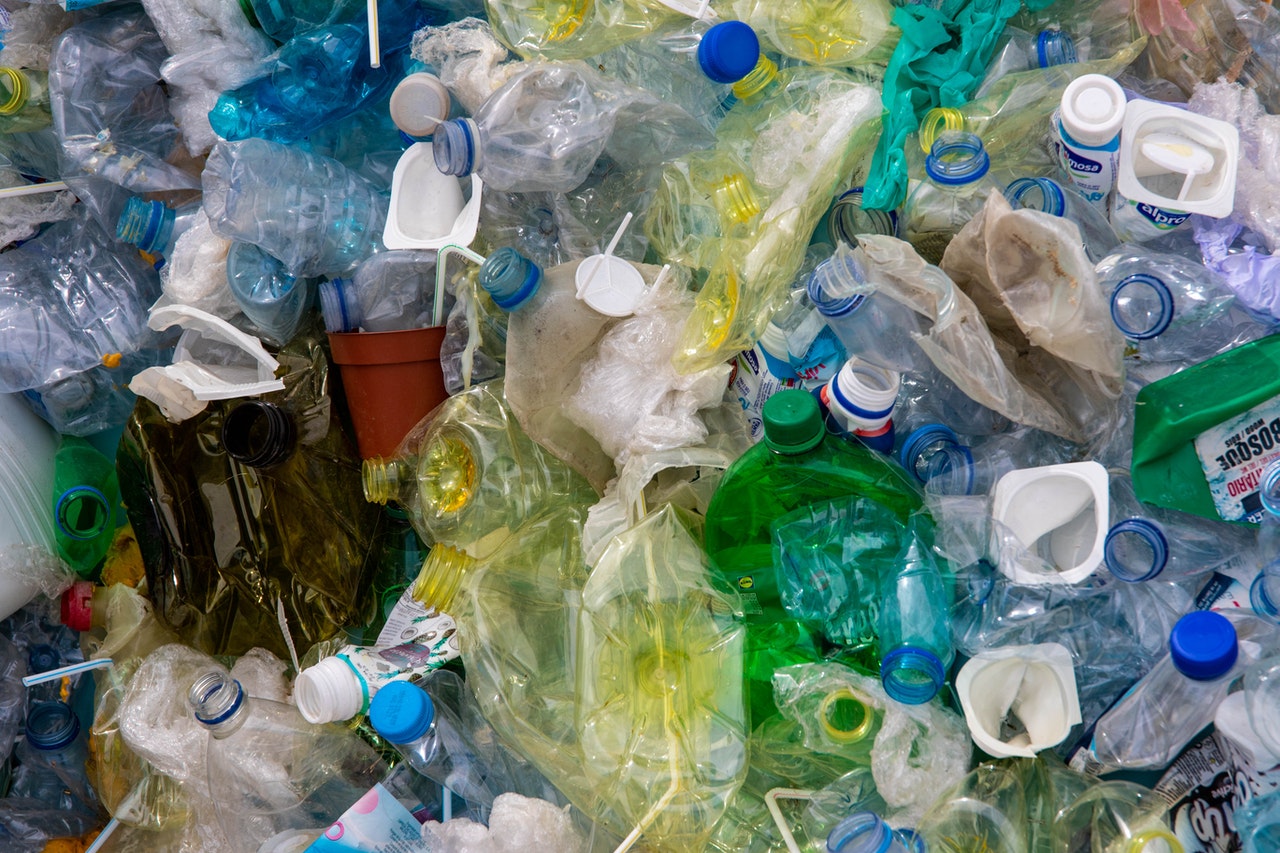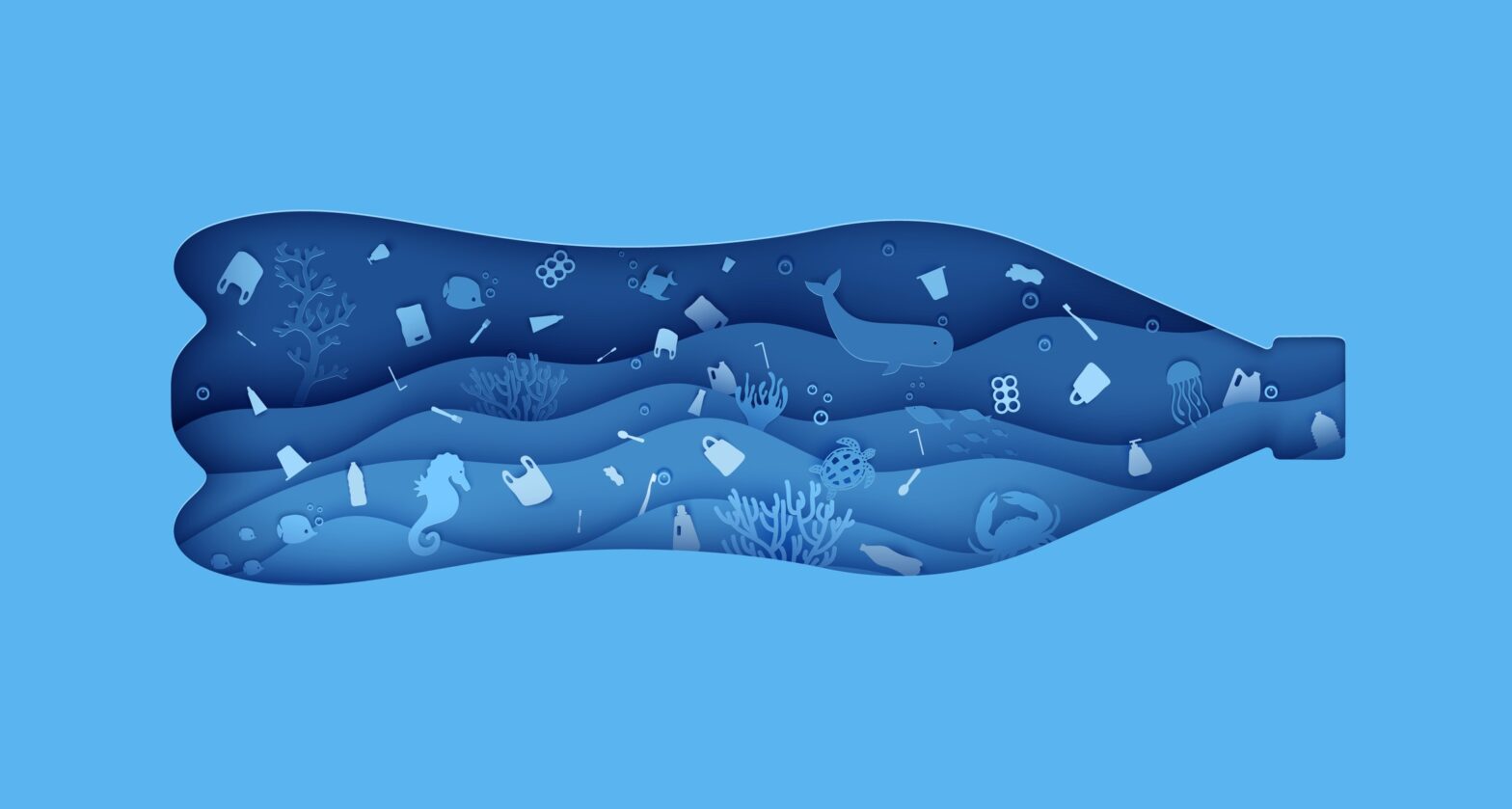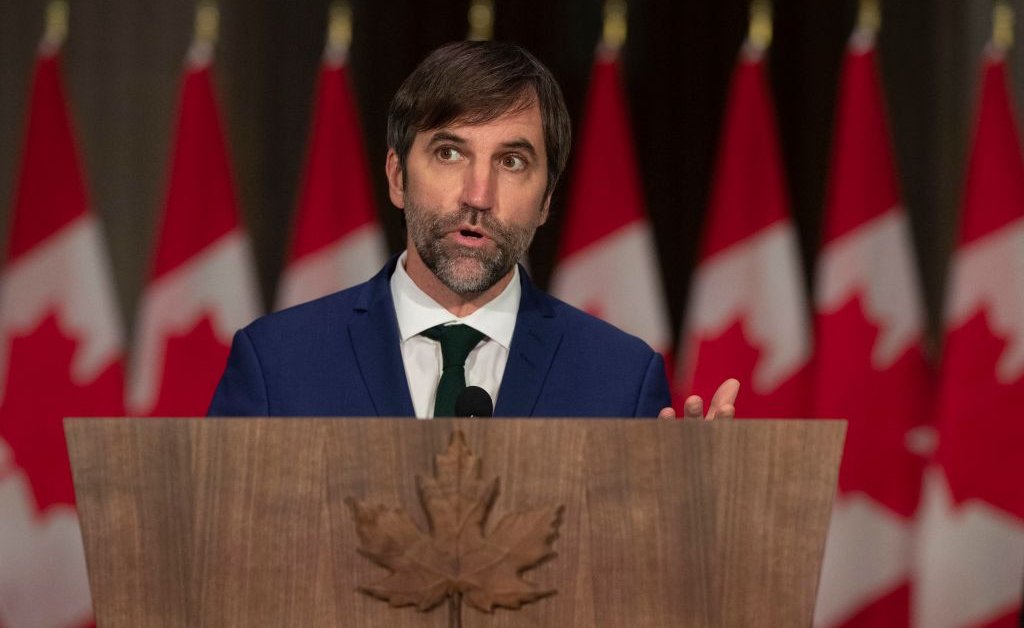Every morning, the Energy News Network compiles the top stories about the clean energy transition and delivers them to your inbox for free. Sign up today!
At first whiff, Republican Gov. Glenn Youngkin’s executive order centered on curbing food waste and boosting recycling across Virginia might pass an environmentalist’s sniff test.
Scratch a bit deeper, however, and that same nose detects a less-than-pleasant odor.
Conservationists have no quibble with order No. 17’s initiative to keep leftovers out of landfills by doubling down on composting efforts statewide.
Where they smell greenwashing is in the section that cancels an initiative by the previous administration to eliminate single-use plastics. Instead, the new order urges state agencies, parks, colleges and universities to encourage recycling of the ubiquitous plastics.
“I would love to be positive about this,” said Tim Cywinski, spokesperson for the Virginia chapter of the Sierra Club. “Youngkin easily could’ve written an order that didn’t get rid of the plastics phase-out.
“But every time he does something that seems good, he does something else and goes two steps backward.”
What’s the harm in backtracking on plastics? The Sierra Club is among those claiming it’s an invitation for companies with questionable claims about recycling plastic into fuel or feedstock for more plastic to move into the state.
In fact, Youngkin’s early April order does just that. The state Department of Environmental Quality is required to lead research on a report due next spring that outlines how Virginia can attract entities that specialize in post-consumer recycled products.
That order refers to those businesses as “clean technology companies.”
The American Chemistry Council has lobbied for years to locate plastic recyclers in Virginia, according to the Sierra Club.
“This is investing in something that is just going to pollute again,” said Connor Kish, Sierra’s legislative and political director. “What is clear is that Gov. Youngkin’s executive order undoes a lot of good work.”
Plastic ‘recyclers’ are no-shows thus far
Youngkin’s order fits with legislation the General Assembly passed last year — and signed into law by Democratic Gov. Ralph Northam — that lowers the oversight burden for so-called “advanced recyclers” by classifying them as manufacturers rather than solid waste processors.
That change removes such recyclers from the oversight realm of the Virginia Solid Waste Management Act.
“There’s an entirely different permitting process for each of those,” Kish said. “One concern is, where is the plastic waste stored if these are classified as manufacturing?
“Air pollution, water pollution, really everything becomes an environmental concern for us if these facilities open.”
Plus, in 2020 Virginia legislators passed a separate bill that helped advanced recyclers gain tax exemptions and credits.
Kish and his colleagues had their first scare on that front two years ago when Northam announced that Braven Environmental would be investing $31.7 million in a manufacturing facility in Cumberland County. The county is 40-plus miles west of Richmond in the state’s Southside region.
Braven was referred to as “a leader in deriving fuel from landfill-bound plastic” in the news release. The company said it breaks down waste plastics via pyrolysis, not incineration, so the fuel is made with lower carbon emissions than traditional oil or gas production.
The company claimed its local presence would curb carbon pollution by cutting the need to transport waste plastic long distances out of state.
However, chemical recycling of plastic is expensive and inefficient because it requires extremely high temperatures.
Sierrans tracked the Braven development, but minimally, Kish said, “because you see flashy press releases about these companies all the time. They rarely open and I felt this one was never going to take flight.”
Sure enough, in an under-the-radar move in early January, Braven withdrew from the deal and its commitment to hire up to 80 employees.
The funding sources behind such companies are increasingly difficult to decipher, Kish said, and the technology doesn’t seem scalable beyond the laboratory.
“That’s why they fail to get off the ground; they can’t do this in a profitable way,” he said. “Lots of promises are made to communities and then they don’t show up.”
Momentum killer at GMU?
Youngkin’s order rescinds and replaces executive order 77, which Northam issued in March 2021.
The former governor was heralded by green groups statewide for issuing what they called one of the strongest executive orders nationwide aimed at single-use plastics.
It not only called for banning disposable bags and single-use foodware (bowls, utensils, plates, trays, etc.) at state agencies within four months, but also directed agencies and public universities to eliminate single-use plastic by 2025.
In addition, it instructed state leaders to deploy composting, reuse and other strategies to reduce solid waste and divert waste from landfills.
Northam’s executive order inspired public institutions such as George Mason University to launch its Circular Economy and Zero Waste Task Force in April 2021 to further its sustainability efforts campuswide.
Ironically, Youngkin recognized the northern Virginia university with a Governor’s Environmental Excellence Award on March 29 — roughly a week before he issued his executive order backpedaling on phasing out plastics.
George Mason was among six gold medal winners. The state lauded the university’s task force for an impressive and lengthy list of eco-accomplishments spurred by adopting a buy less, buy better procurement philosophy, converting more disposables to reusables and revamping waste diversion practices.
For instance, the task force won kudos for eliminating 92,000 pounds of single-use and polystyrene items in dining halls. As well, more than 556,000 pounds of food and other materials from dining halls were composted or recycled.
Interestingly, the university’s task force website noted that the school eliminated single-use plastic water bottles in July 2021. However, it no longer includes a line about ridding the campus of all single-use plastic bottles by 2025. That sentence had included a caveat noting that limited potential exemptions might be necessary.
That text change was made after an Energy News Network reporter sent questions to a university spokesperson and the task force co-leader about how Youngkin’s executive order would affect their plans for single-use plastics.
As well, the website no longer makes the clear link between the creation of the task force and Northam’s 2021 order.
The task force co-leader didn’t respond to follow-up queries. However, Stephanie Aaronson, deputy vice president for university branding said via email that “we plan to continue our award-winning work, including our already planned phaseout of single-use plastic bottles for items available in aluminum cans or refill options.”
Reduce is the silent R
The globe is awash in tons of plastic waste. Cywinski, of the Sierra Club, blames the fossil fuel and petrochemical industries for creating the concept of plastic being recyclable, knowing full well it wasn’t a viable solution.
A new joint report by The Last Beach Cleanup and Beyond Plastics estimates that the U.S. plastics recycling rate, which has never reached double digits, now hovers at a dismal 5% to 6%. It estimates that per capita plastic waste generation exploded by 263% from 1980 to 2018 — a jump from 60 pounds to almost 220 pounds per person per year.
The report recommended that companies and legislatures endorse policies such as single-use plastic bans to limit production, usage and disposal. The U.S. Department of Interior is evidently heeding that advice with a recent proposal to ban all single-use plastics by 2032 in national parks and on affiliated public lands.
That’s why Kish and the Sierra Club lament the stamping out of Northam’s executive order.
Virginia would be wise to spend money educating the public about shrinking the state’s plastic footprint rather than dangle incentives to entice fossil fuel companies.
“We teach the three R’s,” Kish said — reduce, reuse, recycle. “But too often we skip the ‘reduce’ part.”
Derek Havens of Mason Neck in northern Virginia says amen to that.
The 70-year-old was so irked by Youngkin’s turnabout that he vented via a mid-April letter to the editor published in the Washington Post.
“It shouldn’t surprise me that an environmental issue is being used as political football,” he said in a follow-up interview. “Recycling is a failed approach to these single-use plastics.
“It’s just a ruse so citizens feel like we’re doing something.”

